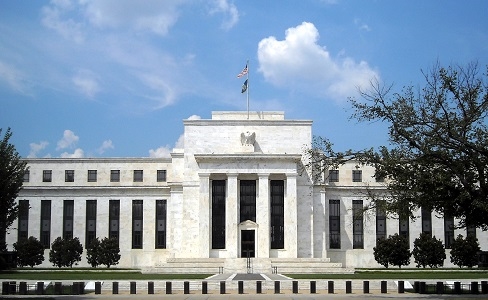Government bond lending moves in line with equities - ISLA

The proportion of government bonds on loan across the globe moved in line with equities last year, reflecting what ISLA describes as a now “permanent demand” to borrow high quality liquid assets (HQLA).
Some €800 billion of government bonds were on loan at the end of 2016 according to ISLA - the securities lending trade body - a 19% increase over six months.
In the post Trump election trading bubble, equity on loan balances peeked at circa €940 billion globally around the 20th December, only to fall by 8% in the final trading days of the year as borrowers returned open equity loan positions.
It meant that the value of government bonds on-loan globally accounted for 45% of the global on loan balance and matched equities for the first time since ISLA started tracking securities lending data in depth.
"Equity balances appear to be reduced disproportionately with priority being given to fixed income HQLA business," ISLA’s experts wrote in the group's sixth securities lending market report.
Meanwhile, nearly a quarter (24%) of all loans of government bonds were for periods of 3 months or more.
These term trades show the desire of banks to borrow government bonds as part of their management of the LCR.
LCR, short for the Liquidity Coverage Ratio, was introduced see whether a bank could survive a 30-day liquidity shock set at a fairly extreme level.
It requires banks to maintain a stock of HQLA such as government bonds.
"As banks have less capacity and appetite to hold equities on their balance sheets for trading and inventory purposes, they simply exit these markets either on a temporary or permanent basis," ISLA's report states.
"This in turn drives them to pledge other forms of non-cash collateral, most notably government bonds, as equities become less available for collateral purposes."
HQLA demand rising, supply falling
At the same time as the increased demand from banks to access HQLA, the available pool of government bonds has in fact fallen.
In North America whilst availability remained fairly flat at €1.4 trillion, on-loan balances increased by over 20% from €384 billion to €463 billion, pushing utilisation rates from 26% to 32% over the period.
In Europe, ISLA saw the same pattern of declining availability combined with increased lending volumes but at generally lower levels.
The factors driving this dynamic may be varied but in part could reflect the ECB's purchases that are active in all of the larger government bond markets in Europe.
"What is apparent is that there is a convergence of broader liquidity issues being driven by specific regulatory regimes," the report claims.
On the one hand, the introduction of prudential capital measures has put considerable pressure on the equity lending markets around reporting dates, which inadvertently support various hedge fund strategies and hedging activities.
On the other, ISLA sees this in relation to the bond markets where scarcity could potentially be an indirect consequence of the ECB's asset purchases.
"If these trends persist, notably as further regulations such as Net Stable Funding Ratio are implemented, we could see further stress in the broader financial markets," ISLA added.
Found this useful?
Take a complimentary trial of the FOW Marketing Intelligence Platform – the comprehensive source of news and analysis across the buy- and sell- side.
Gain access to:
- A single source of in-depth news, insight and analysis across Asset Management, Securities Finance, Custody, Fund Services and Derivatives
- Our interactive database, optimized to enable you to summarise data and build graphs outlining market activity
- Exclusive whitepapers, supplements and industry analysis curated and published by Futures & Options World
- Breaking news, daily and weekly alerts on the markets most relevant to you




